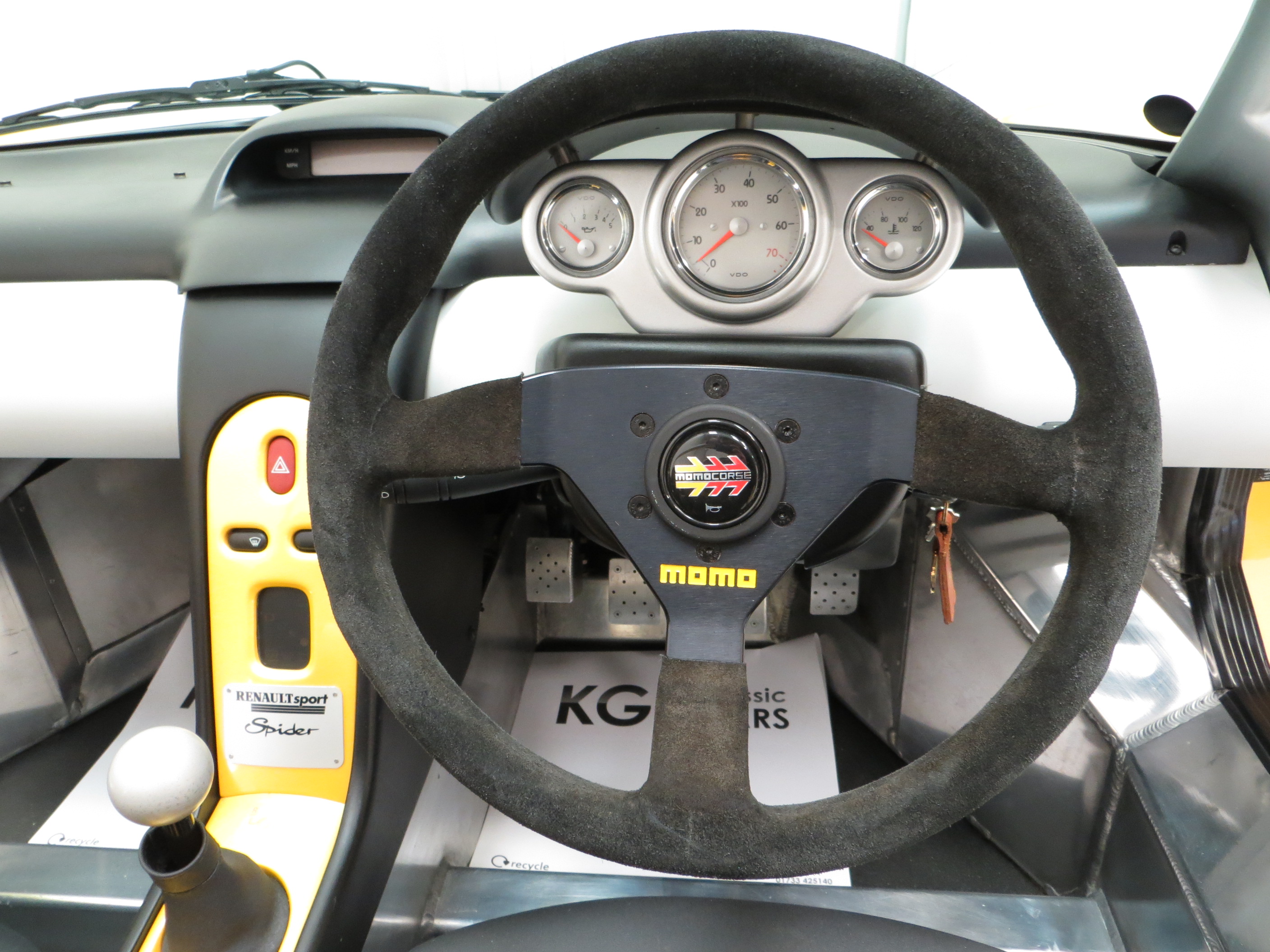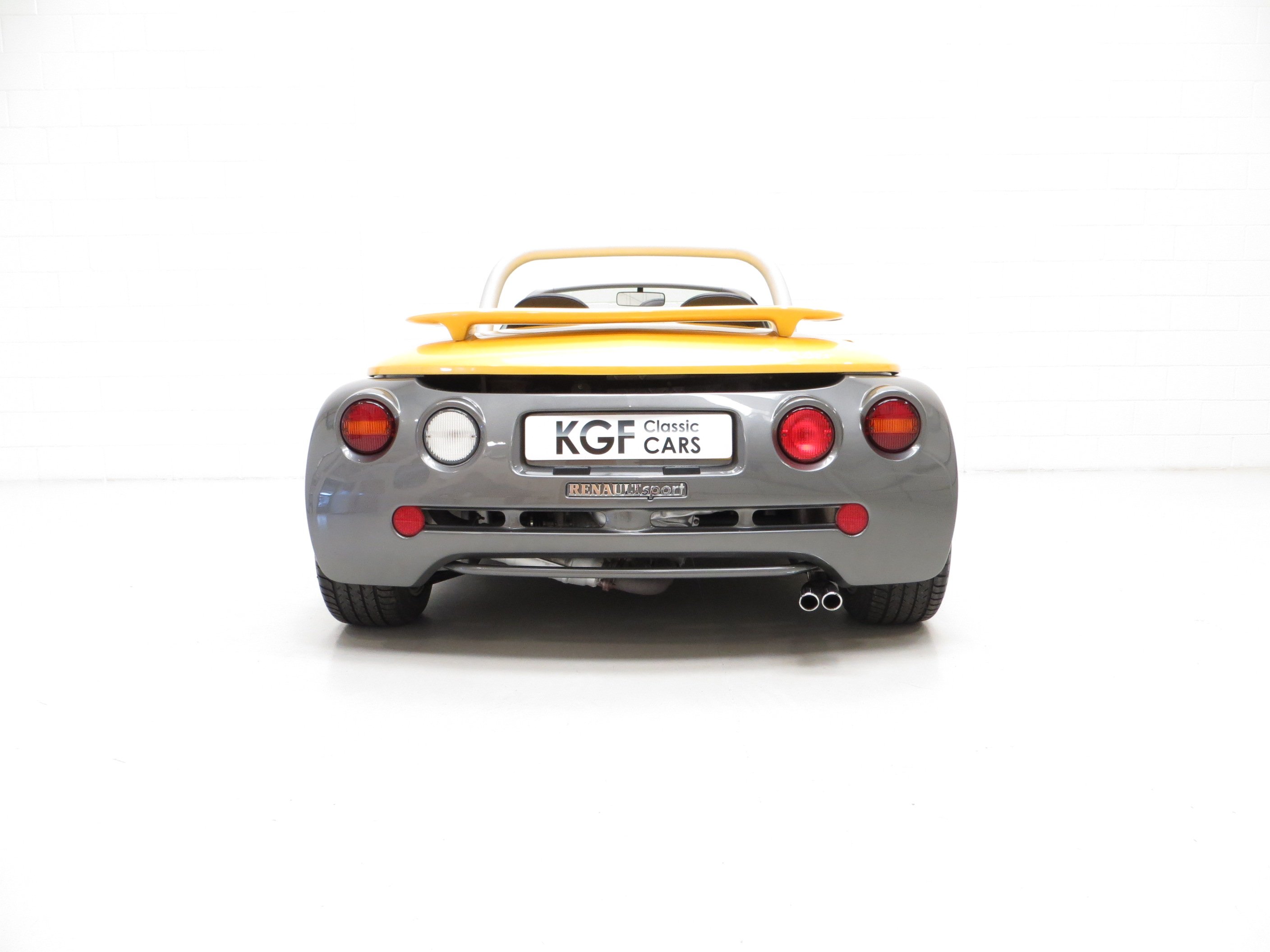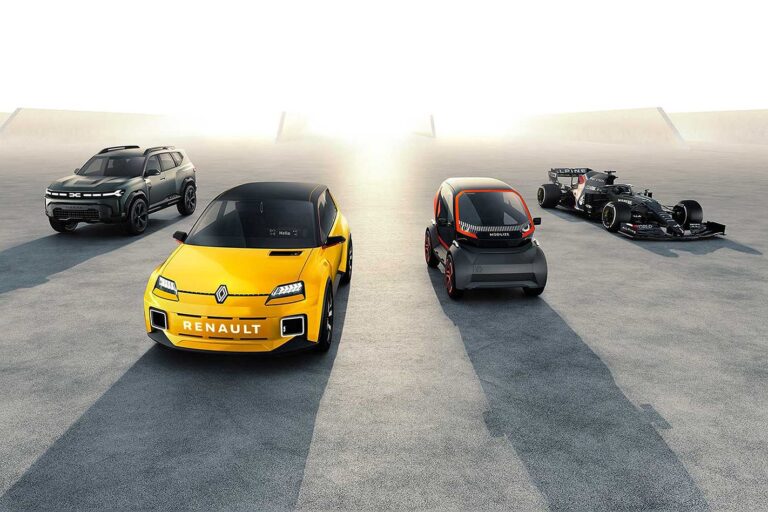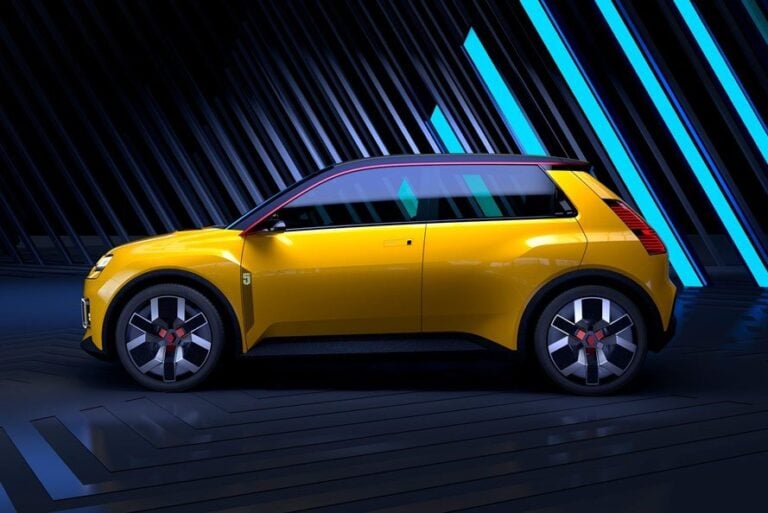EVERY ONCE in a while, a car manufacturer makes a huge strategic gamble. In the Nineties, Renault appeared to bet the house on cars nobody in charge of their critical faculties would buy.
Chief designer Patrick Le Quement knew that competing with other manufacturers head on in traditional sectors wasn’t cutting it, so vehicles like the Avantime, Vel Satis and this, the Renault Sport Spider, materialised.
The Sport Spider appeared at the 1995 Geneva Motor Show, conceived as a way to launch a sporting sub-brand and to go one-make racing. On both of those counts the Sport Spider proved a success. Sales? Not quite so clever.

Built at the Alpine plant in Dieppe, and offered for sale in 1996, only 1685 were ever built. In 1996, the car got a windscreen and a vestigial roof that would flagellate itself to oblivion at anything over 80km/h.
Just 100 right-hand drive examples were built, with a choice of yellow or blue bodies. It was mechanically tough, using the same 110kW 2.0-litre F7R lump from the Clio Williams, mated to a five-speed manual, all sitting behind the driver in an aluminium chassis.

There’s no power steering, no ABS, no servos whatsoever and no heater which contribute to a weight figure of 930kg. Given that a Clio Williams weighed 981kg, it’s actually not that much of a saving and much of that is down to the vast girth of the aluminium tub.
There’s a development story that claims that when one of Renault’s execs saw the naked chassis he couldn’t believe that something of that size was the chassis and not the industrial jig to build it.

Ultimately, the beetle-winged Sport Spider was too expensive, too uncompromising and not playful enough to succeed. It was also, notably, not a Lotus Elise. Renault may have gambled and lost with the product, but the Renaultsport brand it spawned? Priceless.
Renault Sport Spider specs
Engine: 1998cc inline-4, DOHC, 16v Power: 110kW @6000rpm Torque: 184Nm @4500rpm 0-100km/h: 6.5 sec Weight: 930kg








